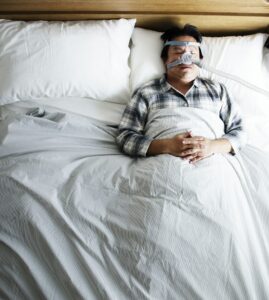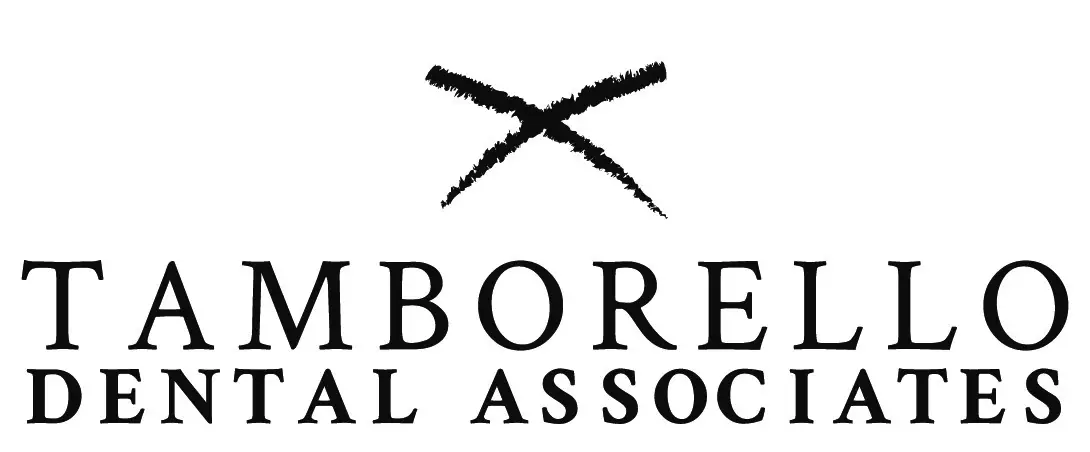Oral Appliance Therapy: "Mouth Guards"
Sleep apnea is a serious sleep disorder that can lead to severe health complications if left untreated. Some people, however, feel like saying, "CPAP ruined my life." Continuous Positive Airway Pressure (CPAP) machines are a standard treatment for this condition.
However, not everyone finds relief with CPAP therapy. Some individuals report discomfort, noise, or even claustrophobia, leading to non-compliance.

For those seeking alternatives, mouth guards, also known as dental devices or oral appliances, offer a viable solution. These devices work by repositioning the jaw or tongue to keep the airway open during sleep.
This article delves into the world of mouth guards for sleep apnea. We explore their benefits, types, and considerations, providing comprehensive information for those with negative experiences with CPAP machines.
This guide is for patients seeking alternatives or those interested in learning more about dental devices for managing sleep apnea. Let's embark on this journey toward better sleep health.
CPAP Ruined My Life: Sleep Apnea and CPAP Challenges
Sleep apnea is a prevalent sleep disorder characterized by repeated interruptions in breathing during sleep. These interruptions can lead to a range of health complications, including cardiovascular disease, daytime fatigue, and impaired cognitive function.
The most common form of sleep apnea treatment is using a CPAP machine. This device delivers a constant stream of pressurized air to keep the airway open during sleep.
However, CPAP therapy has its challenges. Some of the common issues reported by users include:
- Discomfort from the mask or straps
- Noise from the machine disrupts sleep
- Feelings of claustrophobia
- Dry mouth or throat
- Difficulty in adjusting to the pressurized air
These challenges often lead to non-compliance, rendering the treatment ineffective. Studies show that compliance rates for CPAP therapy can be as low as 50%. This means that half of the people prescribed CPAP therapy are not using it as recommended, leaving their sleep apnea untreated and their health at risk.
The following section explores mouthguards as a potential solution to these challenges.
Mouth Guards: A Viable Alternative to CPAP Ruining Your Life
For those who find CPAP therapy challenging, mouthguards offer a viable alternative. Also known as dental devices or oral appliances, these guards are designed to keep the airway open during sleep. They achieve this by repositioning the jaw or tongue, preventing the collapse that leads to apnea events.
Understanding Mouth Guards for Sleep Apnea
Two main types of mouthguards are used for treating sleep apnea: Mandibular Advancement Devices (MADs) and Tongue-Retaining Devices (TRDs). Both types work by altering the position of the jaw or tongue to maintain an open airway during sleep.
Mandibular Advancement Devices (MADs)
MADs are the most commonly used mouthguards for sleep apnea. They work by moving the lower jaw (mandible) forward, which moves the base of the tongue away from the back of the throat. This helps reduce the likelihood of apnea when the airway opens.
Tongue-Retaining Devices (TRDs)
TRDs, on the other hand, work by holding the tongue forward, preventing it from falling back into the throat and blocking the airway. While less commonly used than MADs, TRDs can be a good option for individuals who cannot comfortably use a MAD.
The Benefits of Choosing a Dental Device
Choosing a dental device for sleep apnea treatment comes with several benefits. These include:
- Greater comfort compared to CPAP masks
- Quiet operation, leading to less disruption for the user and their partner
- Portability, making them a good option for frequent travelers
- Higher compliance rates compared to CPAP therapy
Custom-Fit vs. Over-the-Counter Mouth Guards
While over-the-counter mouthguards are available, custom-fit options may be less effective. Custom-fit mouthguards are tailored to the individual's mouth by a dental professional, ensuring a better fit and improved effectiveness. However, they are typically more expensive than over-the-counter options.
Evaluating the Effectiveness of Mouth Guards
The effectiveness of mouth guards for sleep apnea treatment is well-documented. Studies show that these devices can significantly reduce the apnea-hypopnea index (AHI), a measure of sleep apnea severity. For some patients, the effectiveness of mouth guards can be comparable to that of CPAP therapy.
However, the success of mouth guard therapy largely depends on patient compliance. Regular use of the device is crucial to maintain its therapeutic benefits. Regular follow-ups with a dental professional are also essential to ensure the effectiveness and fit of the mouth guard.
Compliance and Patient Satisfaction
Compliance rates for mouth guard therapy are generally higher than those for CPAP therapy. This is likely due to the greater comfort and convenience of mouthguards. Many patients also report improved sleep quality and reduced snoring when using a mouth guard.
Proper education on using and maintaining mouth guard therapy can further enhance patient satisfaction. This includes understanding how to clean, store, and adjust the mouth guard for optimal comfort and effectiveness.
Side Effects and Considerations
While mouthguards are generally well-tolerated, they can cause some side effects. These may include jaw discomfort, tooth movement, or changes in bite. However, these side effects are usually mild and can be managed with adjustments to the device or additional treatments.
It's also important to note that mouthguards are only recommended for patients with severe sleep apnea if other treatments are ineffective or not tolerated. The selection of a mouthguard should be based on individual patient needs and anatomical considerations and should be made in consultation with a qualified healthcare provider.
Making the Transition: From CPAP to Mouth Guard
Transitioning from CPAP to a mouthguard can be a significant change. However, it can also be a positive step towards improved sleep health. The decision to switch should be made after a thorough evaluation by a healthcare provider.
Consultation with a Dental Professional
The first step in making the transition is consulting a dental professional. They can provide a custom-fit mouthguard that is tailored to your specific needs. This consultation may involve a sleep study or a prescription from a sleep specialist.
Adjusting to Your New Mouth Guard
Adjusting to a new mouth guard can take some time. Patience and giving your body time to adapt to the new device is essential. Regular follow-ups with your dental professional can help ensure your mouth guard works effectively and comfortably.
Conclusion: Embracing a New Path to Better Sleep without CPAP ruining your life
Embracing a mouthguard as a new path to better sleep can be a game-changer for many. It offers a less invasive, more comfortable alternative to CPAP machines.
Remember, the goal is to improve your sleep health. With the proper guidance and patience, a mouthguard can be a viable solution for effectively managing sleep apnea.
Here at Houston Sleep Associates (HSA) in Houston, TX, we are passionate about quality sleep. Our years of experience ensure that each patient receives the best care customized to their unique needs and desires!
Schedule a consultation in Houston, Texas.
Other Related Sleep Apnea Articles:
1. How to Keep My Airway Open without a CPAP Machine? (houstonsleepassociates.com)
2. Oral Appliance Therapy to Stabilize Airway in Respiratory Care (houstonsleepassociates.com)
3. Do mouth pieces work for sleep apnea? - Houston Sleep Associates
4. Improving Quality of Rest: The Benefits of Oral Appliances (houstonsleepassociates.com)
5. Improving Sleep Apnea: The Best Sleeping Position Revealed (houstonsleepassociates.com)

